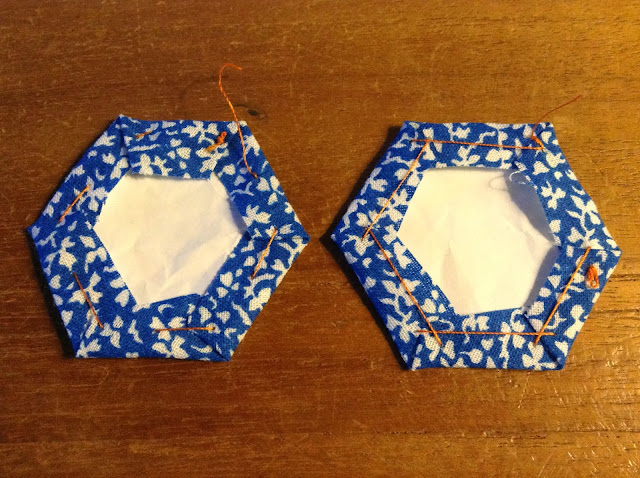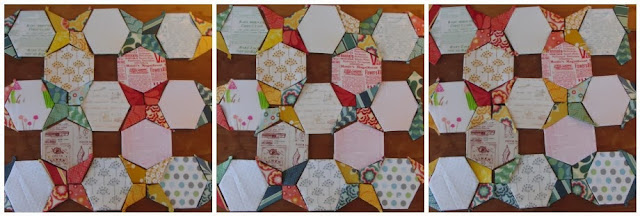Ich habe seit Donnerstag einen echt schlimmen Husten, so dass ich keine Chance hatte, auch nur irgendwas zu nähen :(, aber um mich zu trösten, habe ich wunderschöne Stoffe bekommen, die ich direkt bei Anna Maria Horner bestellt habe. Das erste Mal, dass ich eine ganze Linie gekauft habe: True Colors, sooo schön!
What did you do the last week? Show us your lovely projects.
Was hast du die letzte Woche gemacht? Zeig uns Deine tollen Projekte.
You will find the same Linky Party on suleons blog.
Die gleiche Linky Party findet ihr auch auf Suleons Blog.
Button-Code für euren Blog / for your blog:
<a href="http://aylin-nilya.blogspot.com/">
<img
border="0"
src="http://3.bp.blogspot.com/-JY2v9CKQW-k/UtO90cks4pI/AAAAAAAAA1M/9oPJe72-rnk/s1600/MM.JPG"
/></a>
Thank´s for stopping by... / Danke für´s Vorbeischauen...
Aylin

.JPG)























































